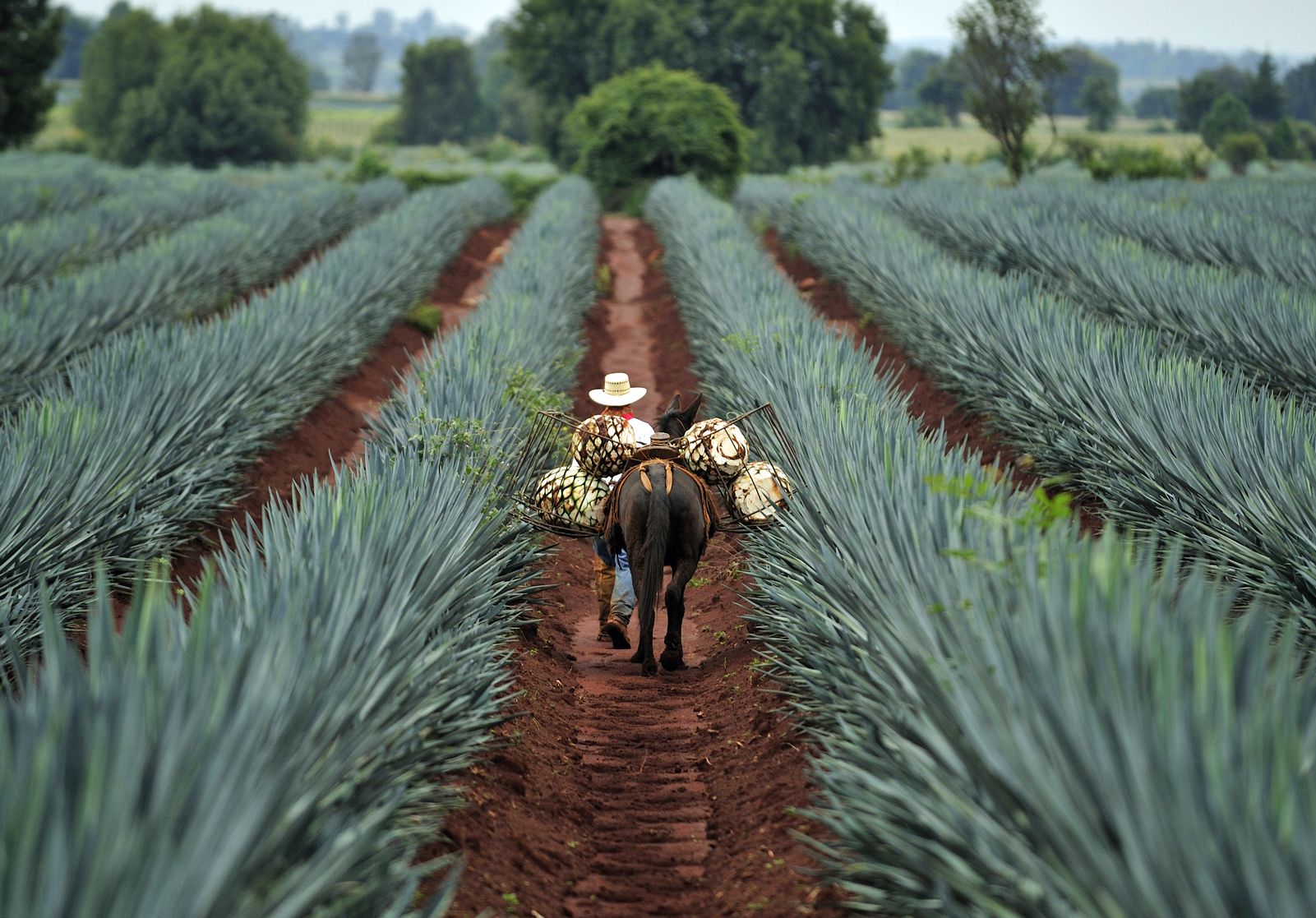
Mezcal is one of the most misunderstood spirits available, with many confusing it for being interchangeable with tequila. Although they both use plants from the genus agave as raw material, tequila is arbitrarily restricted to one particular variety: the blue agave (also known as agave tequilana). Mezcal, on the other hand, benefits from a greater diversity with over 30 different species available for producing this unique spirit.
Both products follow the Denomination of Origin (DO), which establishes internationally-recognized restrictions on the specific geographic area within Mexico where the products can be produced. The DO law includes the origin of the agave and the way it should be produced in order to be classified as tequila or mezcal. While tequila DO is mainly limited to Jalisco and surrounding territories, mezcal DO is open to a larger diversity of regions, including Oaxaca, Guerrero and many counties in the states of Michoacán, San Luis Potosí, Guanajuato, Durango, Tamaulipas, Zacatecas and Puebla.

The quality of both products are tightly controlled by Regulatory Councils that ensure the product is maintained within the acceptable parameters. While the production and commercialization activities of both are significantly important within their territories, their historical economic and social motivations that originally established them differ greatly. While mezcal was initially utilized within indigenous families during ceremonial purposes, tequila development was driven by the hacienda economic model—where it was produced to be sold regionally and nationally in stores and cantinas.

There are also important differences in the specific techniques used in the production of the two, but generally speaking, the steps are equivalent: cook the agave, mash the piñas, ferment the obtained juices and distill the alcohols. While mezcal and tequila production methods both stem from European and pre-Hispanic knowledge and technology, mezcal still uses the 10,000-year-old pit cooking method for the agave where the piñas are slowly roasted and smoked. In comparison, tequila agave piñas are steamed in pressurized brick ovens or autoclaves. Another difference can be seen in the milling and the fermentation methods—mezcal uses a tahona mashing process and a wood micro-fermentation of the juices obtained, while tequila uses modern machinery, like mechanized milling and large stainless steel fermentation vats.

While tequila is already mainstream, reaching up to 20 million cases per year in sales, the mezcal industry is still relatively new and trendy, representing less than one percent of tequila volume today. This is partly due to the great differences in the size of the equipment utilized and the time required to complete each specific production step. For instance, pit roasting takes up to four days, while using a brick over only takes 15-36 hours and mezcal fermenting vats typically hold 2,500 liters, while tequila vats can hold up to 20,000.

In terms of their taste profiles, tequilas present a deep citric and floral finish with strong agave notes. When sipping mezcal, you’ll get hints of smoky wood and stone due to the style of fermentation, which offers additional layers and complexity depending on where it was distilled.
Lastly, the strength of artisanal mezcal is not arbitrarily dictated by the commercial common rule of 40 percent alcohol by volume. Instead it is fixed by the producer based on whatever flavor experience is desired and is most commonly seen in the 42-48 percent range.









